A pictorial review of a WWII RAAF heavy bomber base which became the main aircraft storage and disposal site.
Compiled by Geoff Goodall
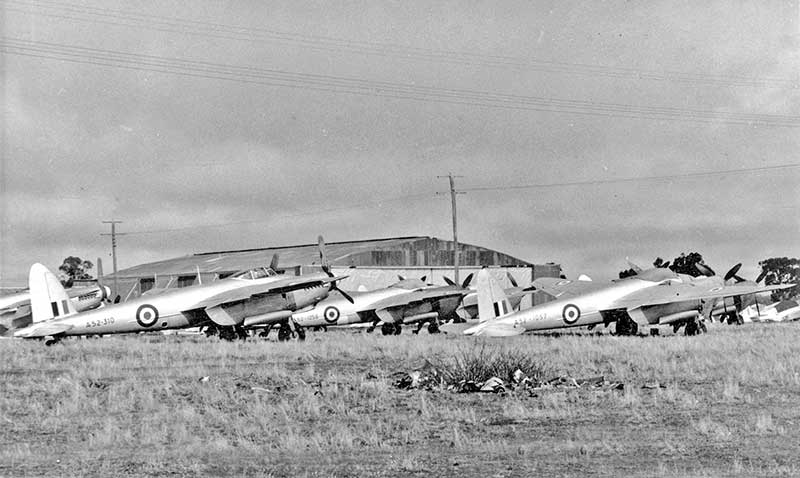
Photo: John Hopton Collection
During World War II a large military airfield was constructed on the edge of the town, and after the war this airfield with its large hangars became the RAAF's main aircraft storage and disposal base. Many hundreds of Australian military aircraft made their last flights being ferried to Tocumwal, where they were sold to scrap metal dealers and melted down to ingots in smelters set up on the airfield.
World War II years
In early 1942 with Japanese forces building up in New Guinea and air
raids on northern Australian towns, invasion of Australia from the
north seemed inevitable. The US 5th Air Force, as part of the
Allied defence, hastily commenced establishing airfields and facilities
in Australia and New Guinea. A heavy bomber base was needed in
Australia to provide a full range of maintenance and operational
support that was safe from enemy attack. A
location well south of the anticipated enemy invasion area (the infamous "Brisbane Line") was required
and Tocumwal was selected to take advantage of its wide open flat
landscape and railway connections to bring equipment and personnel from the seaports at Sydney and Melbourne. Work commenced on the airfield in February 1942. Over 7,000 US servicemen were sent to Tocumwal over the following months for the high priority construction effort. The Americans named it McIntyre Field. When mostly completed by May 1942 it was a huge airfield covering 8 square miles with:
- 4 runways, each over 6,000 feet length
- 70 miles of taxiways and roads between defensively separated aircraft dispersals
- 5 large wooden hangars to house B-24 Liberators
- 450 buildings
- amunition bunkers
- engine test cells
- 200 bed hospital
After only a few months use by USAAF, the war sitation had changed, easing the threat of Australian attack from the north. General George C.Kenney, Commander Allied Air Forces SWPA is reputed to have said when inspecting Tocumwal "Mighty fine base - now shift it 2,000 miles closer to the enemy". The US facilities of Tocumwal were now established at Garbutt Field, Townsville, north Queensland where the airfield rapidly expanded to provide Allied aircraft maintenance, operations and air transport between Australia and New Guinea.
In November 1942 McIntyre Field was handed over to the Australian Government and renamed RAAF Station Tocumwal.
The initial unit was No.7 Aircraft Depot to provide airframe and engine maintenance for a variety of RAAF aircraft types and aircraft storage while between operational units. No.7 Central Recovery Depot commenced at Tocumwal in June 1943 tasked with collecting damaged aircraft and salvaging usable parts. An indication of 7CRD's work is a report that between April-September 1945, the unit converted to parts and scrap a total 54 aircraft includings Anson, Liberator, Boomerang, Oxford types.
No.5 Operational Training Unit moved from Wagga to Tocumwal in October 1943 with Beauforts, Beaufighters, Bostons and Mosquitos, later moving to Williamtown. However wartime Tocumwal will always be associated with RAAF B-24 Liberators. No.7 OTU was established there in February 1944 for B-24 crew training. 7OTU grew to be equipped with over 50 Liberators and was training 28 Australian B-24 crews each month.
200 base houses were moved to Canberra during 1946 to help a postwar housing shortage. Postwar the wide expanses of hard standing were used to park large numbers retired RAAF aircraft pending disposals. The large hangars were used for under-cover storage of aircraft that may be recalled to service, also to hold the higher sales value of disposals aircraft which had recently had major overhauls and were in good condition. Tocumwal's new role was aircraft storage and disposal to civilian purchasers or scrap metal merchants.
Flying operations were now reduced to the arrival of retired military aircraft being ferried in for storage. As large scale auctions of unwanted aircraft were held by the post-war Commonwealth Disposals Commission, civilian aircraft began arriving with prospective purchasers to inspect the aircraft or prepare them to be flown out for their new civil careers.
The row of four large wooden wartime Liberator hangars gave been used for storage, including wheat and grain stocks and later a dozen Singapore Air Force Hawker Hunters acquired by an Australian dealer.
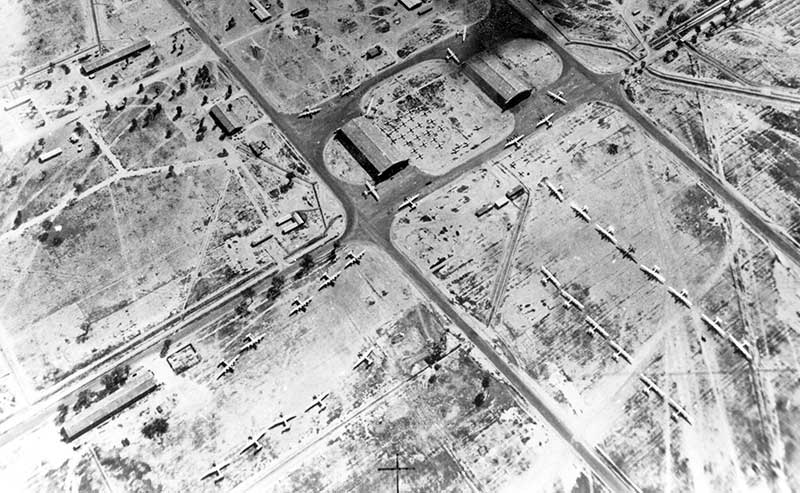
Liberators are parked at various dispersal areas.
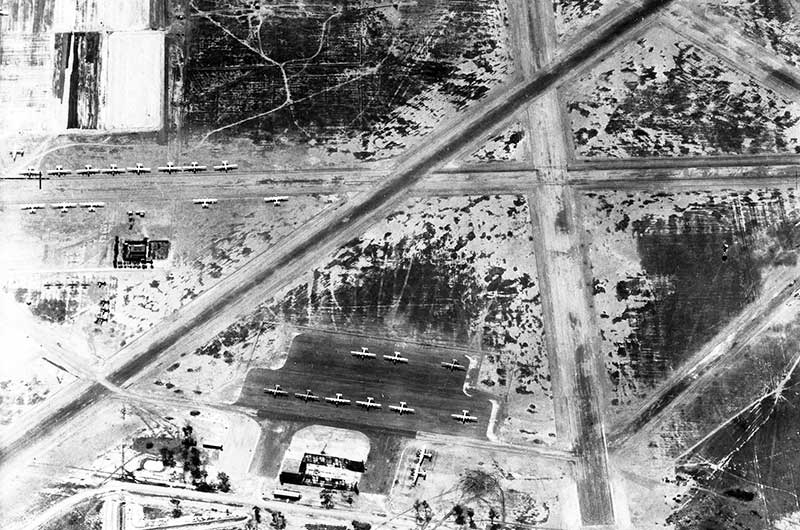
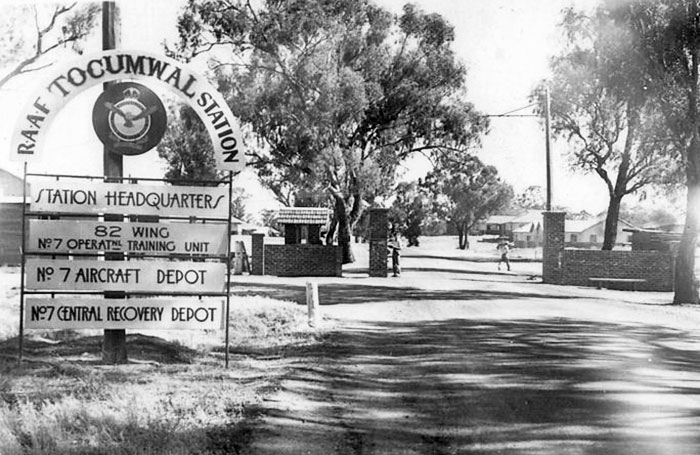
7AD and 7CRD were large maintenance units. Ben Dannecker collection
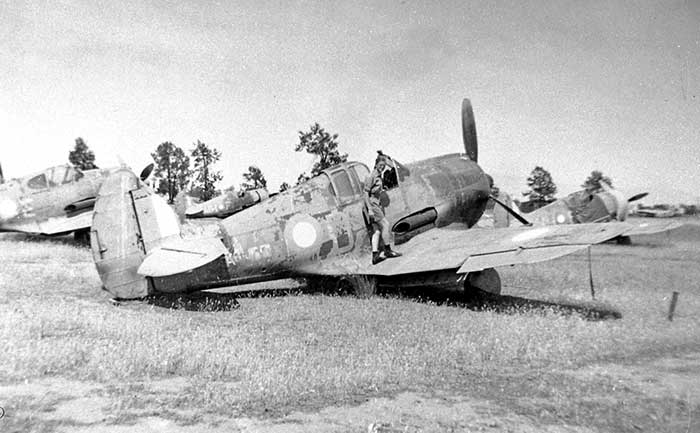
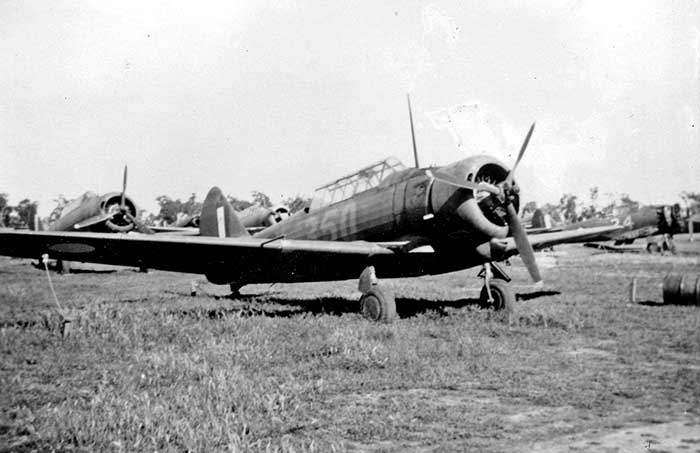
CAC Wirraways in wartime camouflage at Tocumwal 1947, A20-350 closest. Bob Livingstone collection
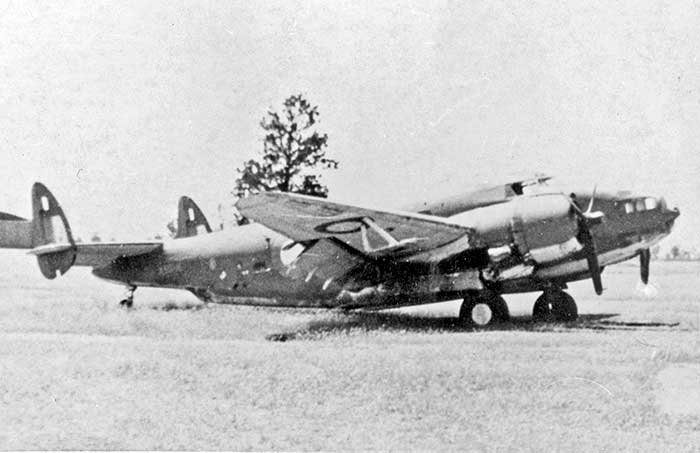
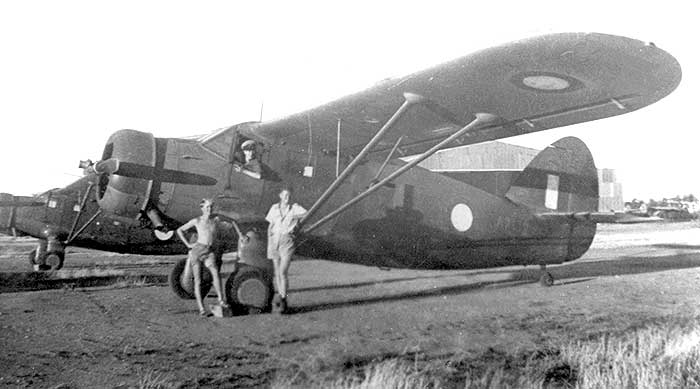
A71-13 has just arrived for storage. Neville Parnell collection
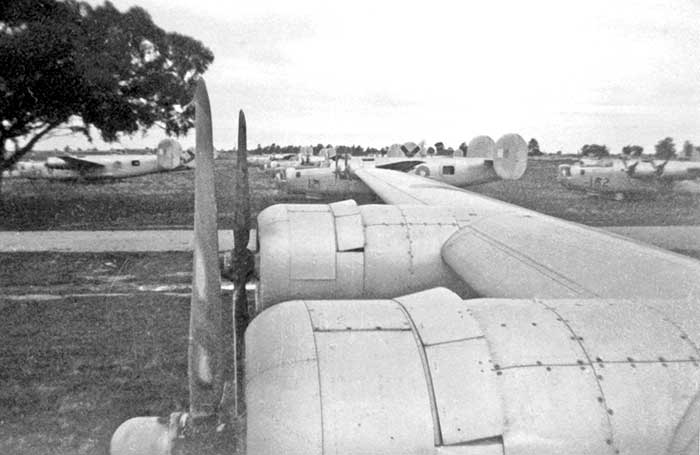
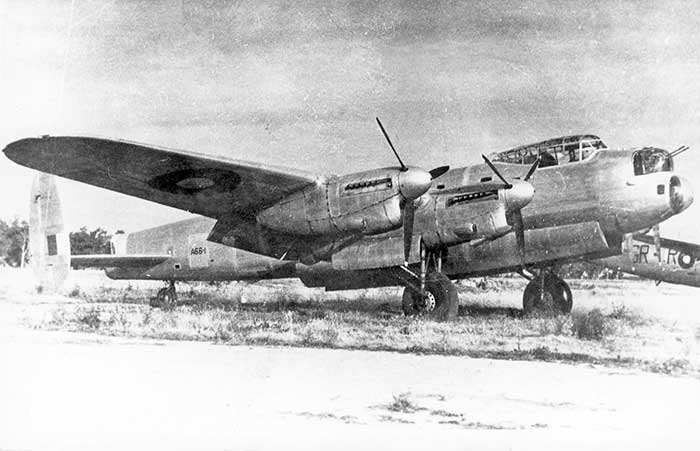
Britain as ED930 Queenie for war loan tours across Australia and NZ. Frank F. Smith collection
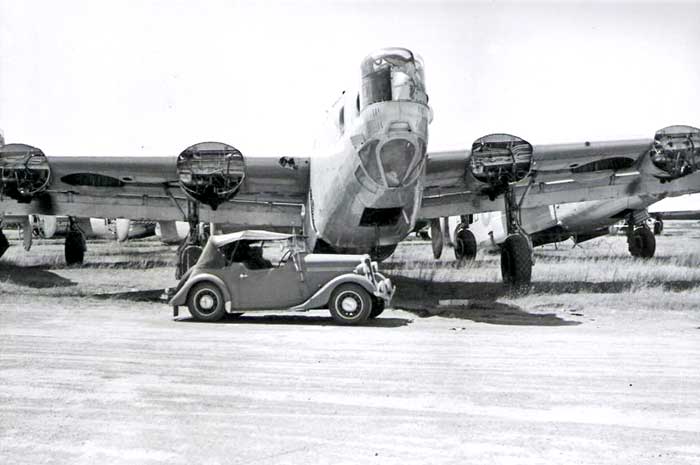
Thanks to Bob Livingstone for this and the following 5 pictures of large scale B-24 scrapping at Tocumwal.
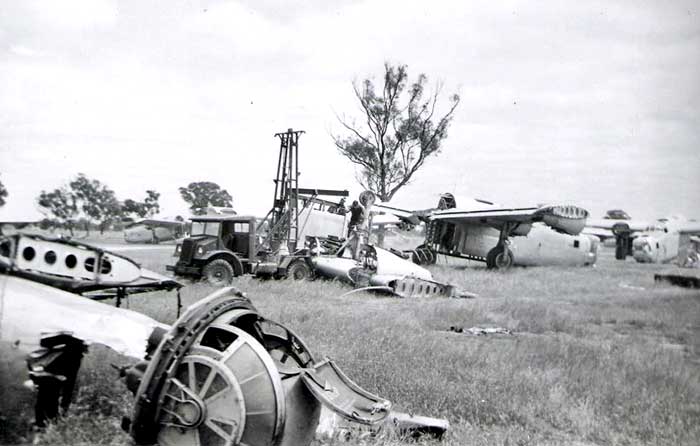
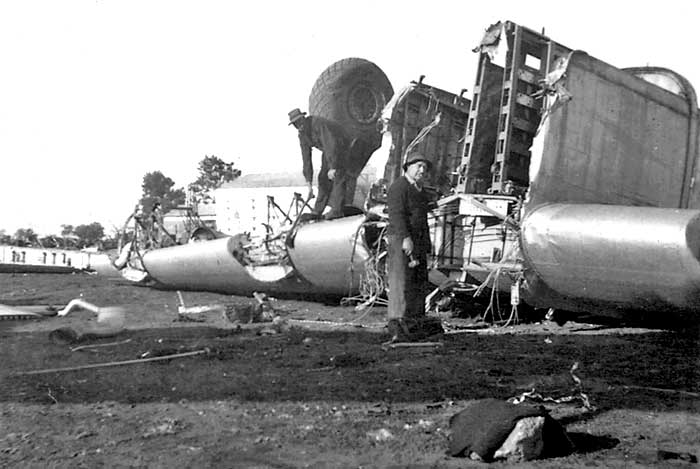

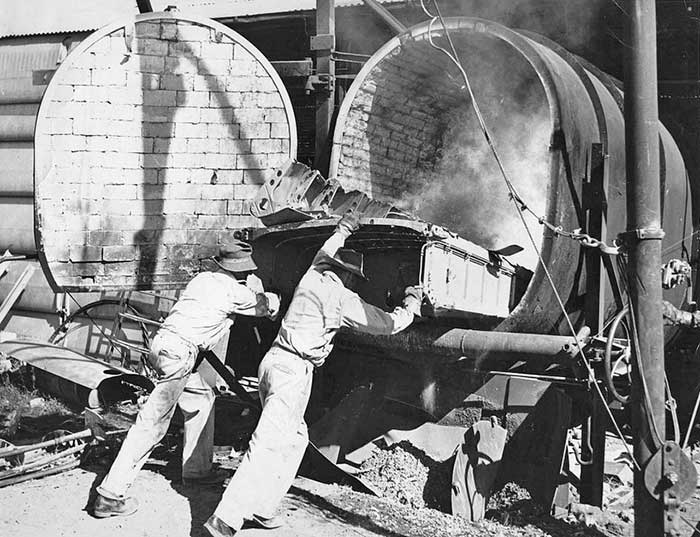
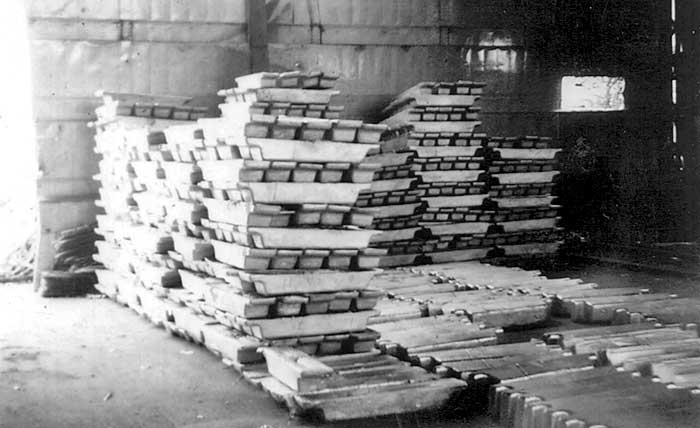
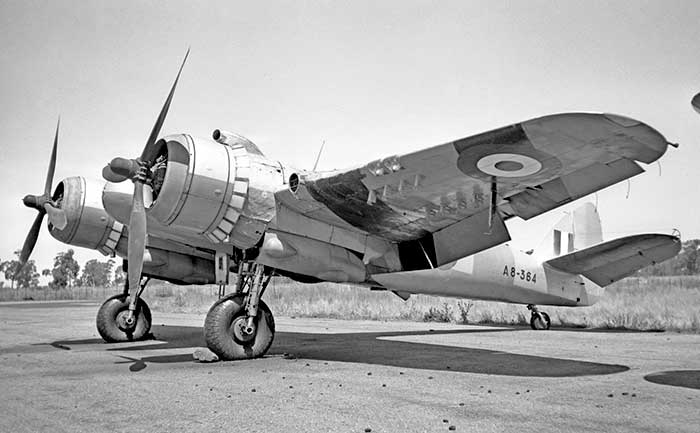
A8-384 was with the last of the RAAF's Bristol Beaufighter target tugs retired at Tocumwal in 1957.
Photo by Jim Carter via John Hopton Collection
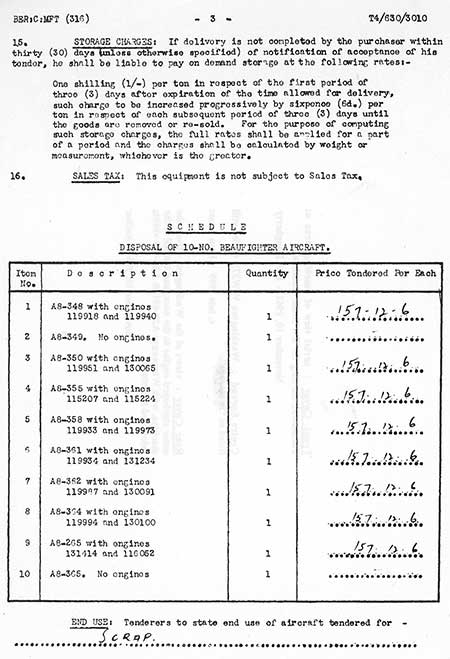
The price bid for Beaufighters with engines was £157/12/6 each (roughly $400). John Hopton Collection
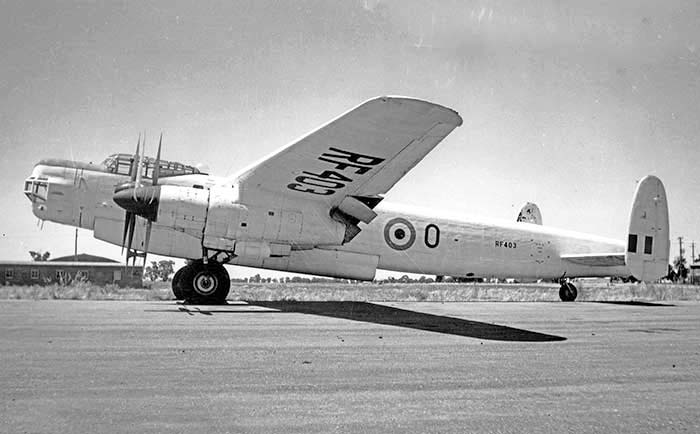
outer positions was used by RAAF for trials at Woomera before being retired to Tocumwal in 1956.
John Hopton Collection
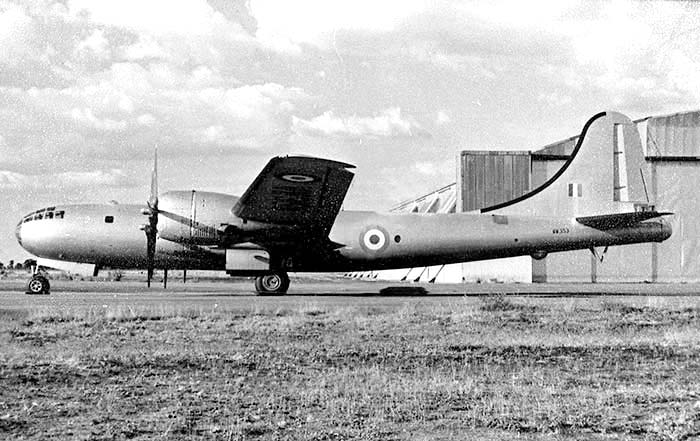
WW353 seen retired at Tocumwal in 1956 in front of one of the large American-built bomber hangars.
John Hopton collection
The following three photographs of Meteor F.8s were taken on 3 September 1961 by Neil Follett
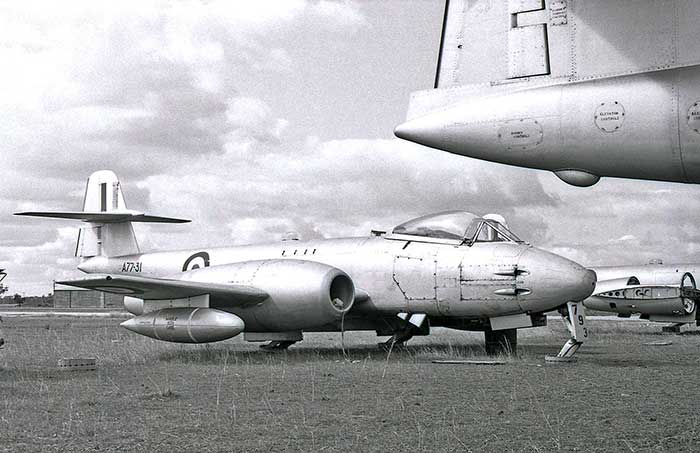
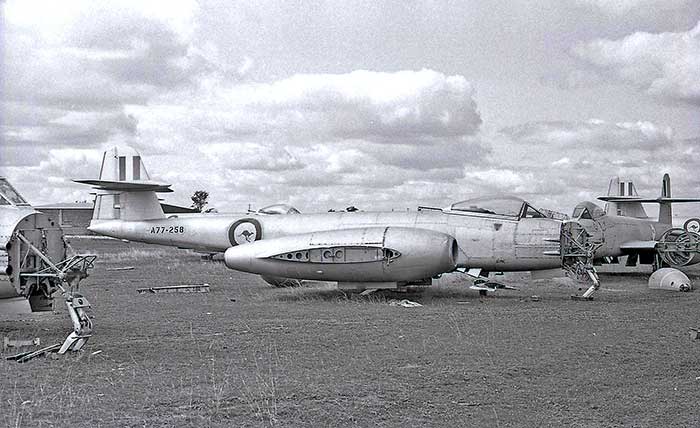
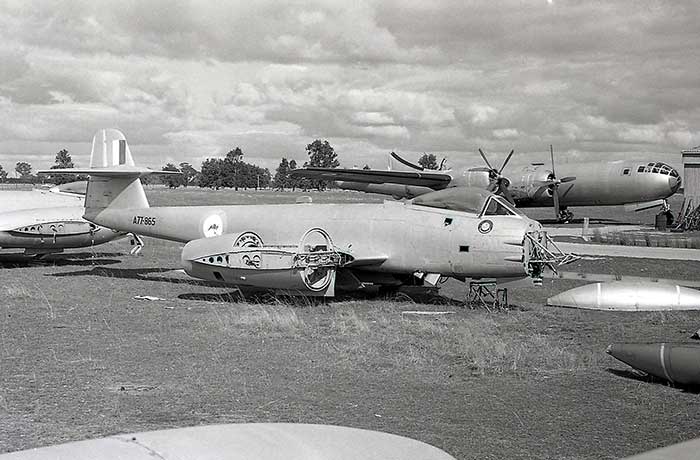
were inside one of the wartime hangars being stripped of reusable parts prior to being scrapped.
These three photos are a selection of those he took that day.
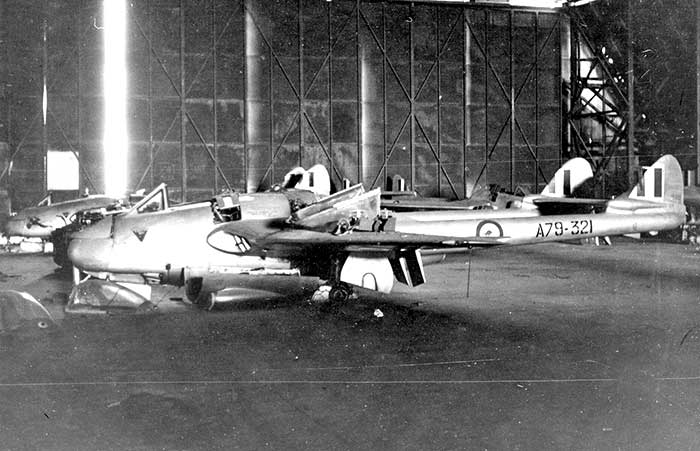
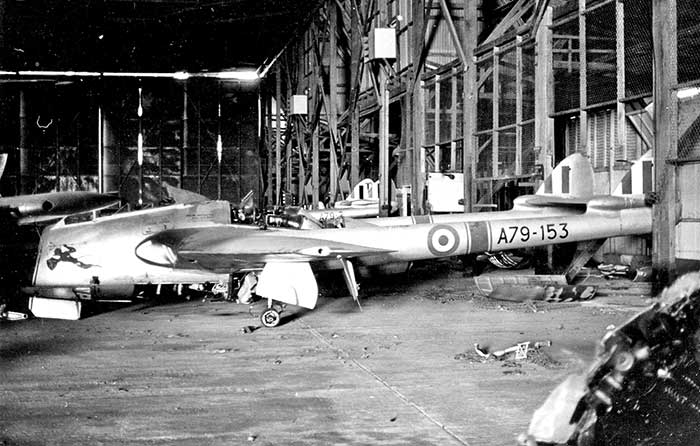
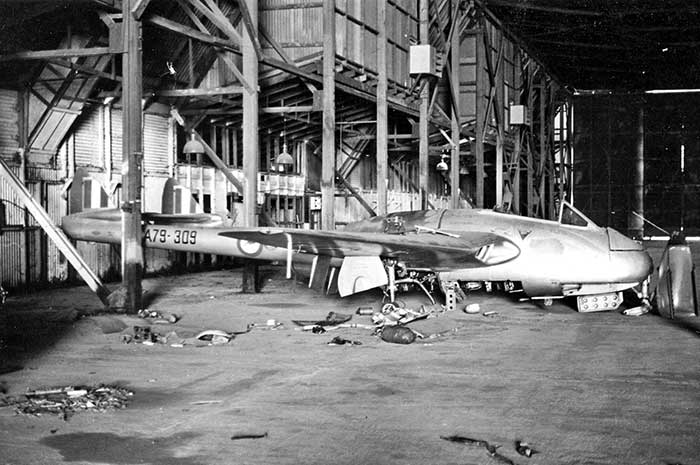
Metal dealers R.H.Grant Trading Co retained a few intact Wirraways because of enquiries from civilian buyers.
These two rare colour views come via Bob Livingstone, showing A20-691 and A20-674 during 1961
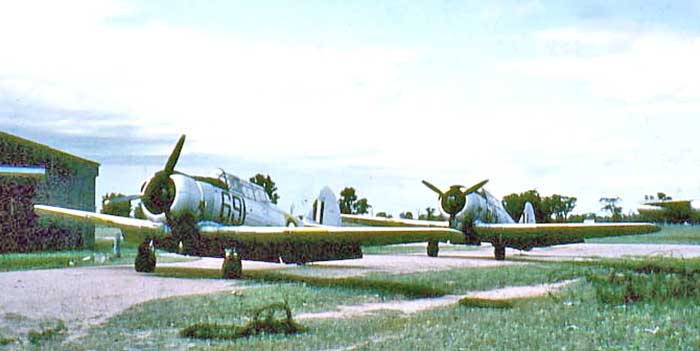
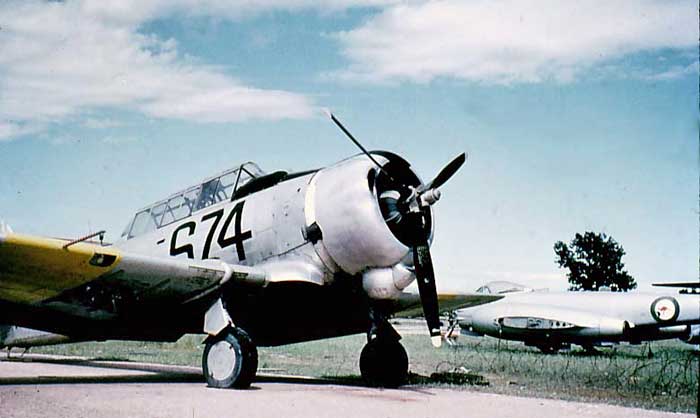
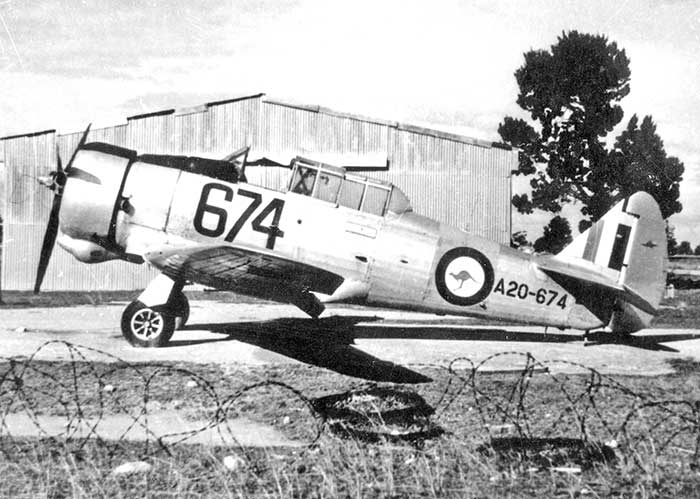
by persons unknown while Grants personnel were absent. Bob Livingstone collection
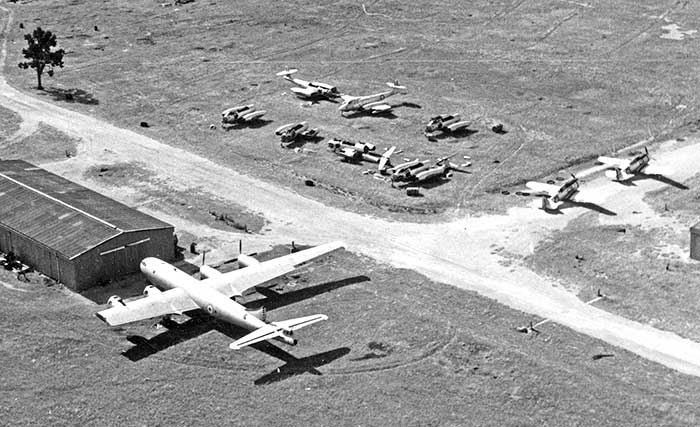
stripped, Meteors being broken up and two Wirraways. Neil Follett collection
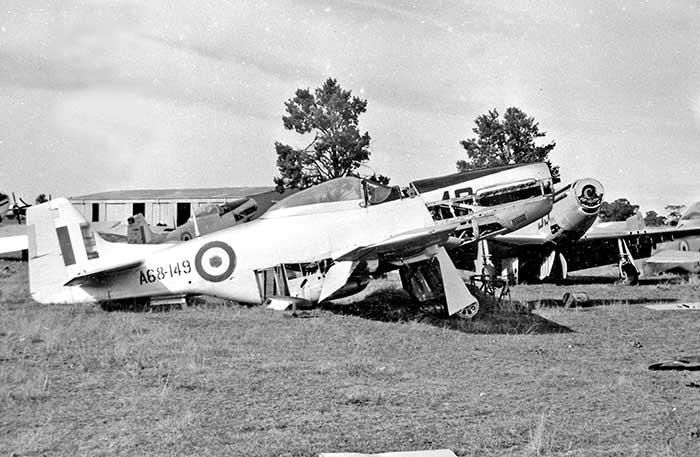
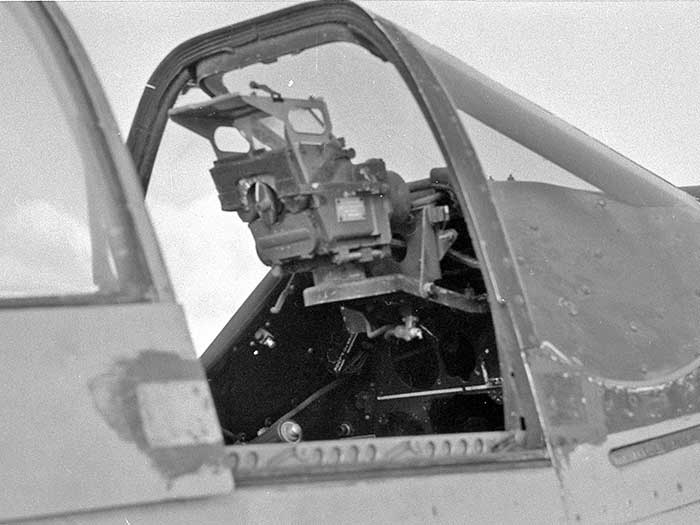
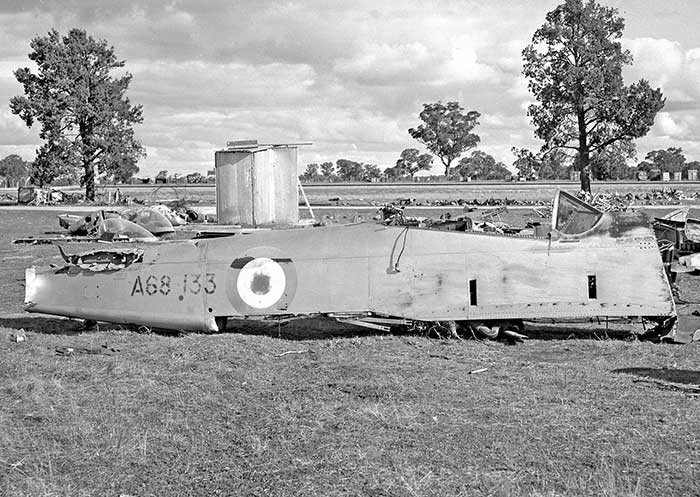
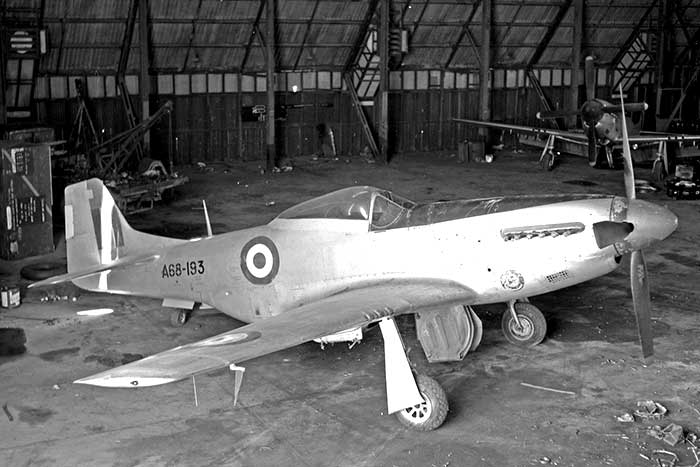
Here's A68-193 with A68-104 behind stored in a hangar in Janaury 1963. Photo by John Hopton
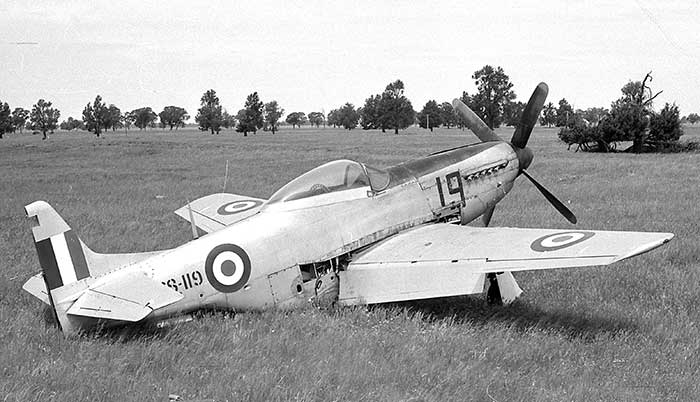
Among the last complete RAAF aircraft at Tocumwal was Mustang A68-119 seen in October 1963 after
R.H.Grant Trading Co had closed their smelter and were moving out. It was sold to Dr.Ralph Capponi
and flown out a year later to late become VH-IVI. Photo by John Hopton
and flown out a year later to late become VH-IVI. Photo by John Hopton
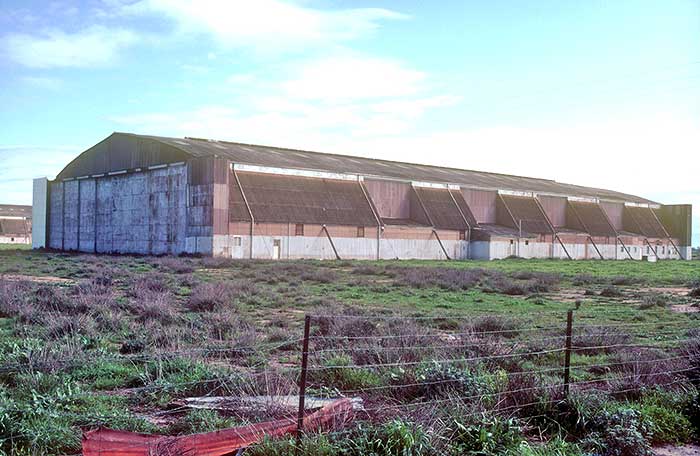
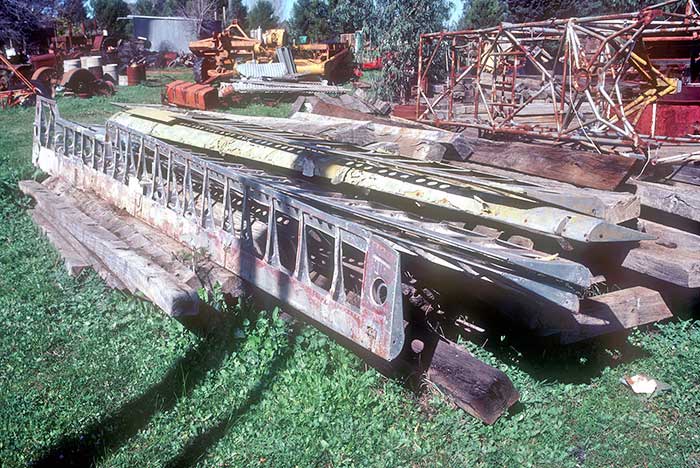
Photo by Ken Watson
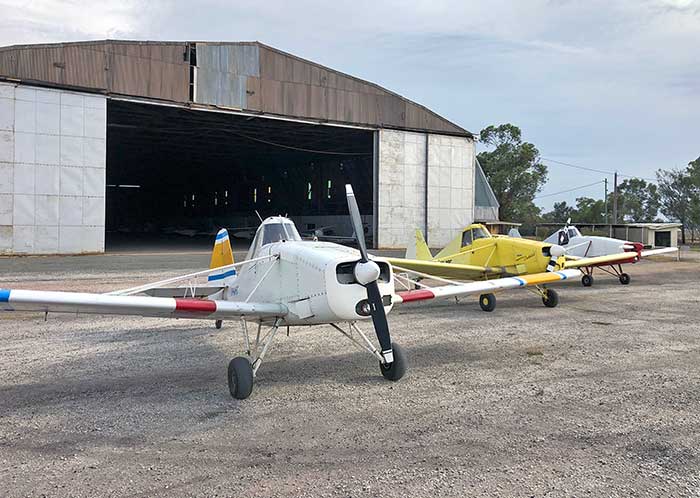
Photo: Lumpy Paterson